Help! My Washing Machine Won't Drain: Common Causes and Easy Solutions
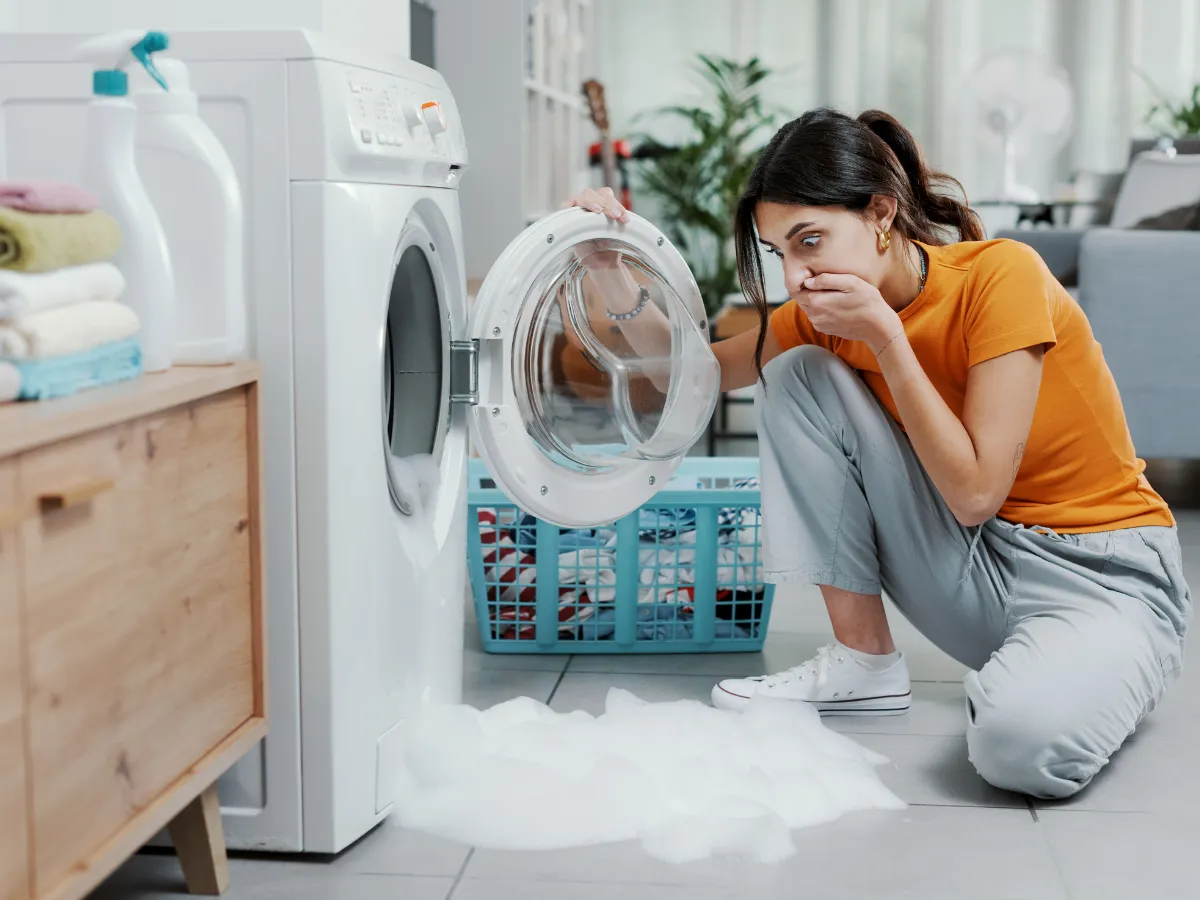
The wash cycle finishes, you go to take out the clothes and... surprise! The drum is still full of murky water. A washing machine not draining is one of the most common and frustrating problems we can face with this essential appliance. Not only does it interrupt our laundry routine, but it leaves us with soaked clothes and uncertainty about what might have gone wrong.
The good news is that, in many cases, the reason a washer doesn't drain is relatively simple to identify and fix ourselves, without immediately needing to call a technician. In this comprehensive guide, we'll explore the most common reasons why your washing machine might not be draining and offer clear, practical steps to diagnose and resolve the issue.
Why Is Proper Draining Vital for Your Washer?
Draining is a fundamental phase of the wash cycle. Its function is to remove the dirty water used during the main wash phase and the water used during the rinse cycles. If the washer doesn't drain:
- Clothes don't rinse well: Detergent and dirt residue will remain on the garments.
- Spin cycle won't start: Most washers won't begin the spin cycle if they detect too much water in the drum, leaving your clothes soaking wet.
- The cycle stops: The machine may halt and display an error code.
- Risk of bad odors and bacteria: Stagnant water can generate unpleasant smells and encourage bacterial growth.
Step-by-Step Diagnosis: The Most Common Causes (and Solutions)
If your washing machine refuses to empty the water, follow these steps in order to identify the problem. Important! Before handling any internal parts of the washer, always disconnect it from the power supply for safety.
1. The Pump Filter: Suspect #1
This is the most frequent cause and, fortunately, the easiest to fix. The filter is designed to catch lint, coins, buttons, paper clips, and other small objects that could damage the drain pump.
- Where is it?: Usually located at the bottom front of the washer, behind a small removable cover or plinth. Consult your washing machine manual if you can't find it.
- How to clean it:
- Place a thick towel or a shallow container (a baking tray might work) in front of the filter cover to catch the water that will spill out.
- Open the filter cover.
- Slowly unscrew the filter (usually counter-clockwise). Be patient, as accumulated water will drain out.
- Once removed, thoroughly clean the filter under running water. Remove all lint, hair, coins, etc. Also check the filter housing inside the machine for any trapped objects.
- Screw the filter back firmly into place and close the cover.
- Check: Plug the washer back in and try running a short drain or spin program to see if it works now.
Many "washer not draining, filter clean" (apparently) issues are resolved with a more thorough cleaning of the filter and its housing.
2. The Drain Hose: Kinked, Crushed, or Clogged?
The tube that carries water from the washer to the wall drain or sink can also be the culprit.
- Check its Position: Ensure the hose isn't bent, kinked, or crushed behind the washing machine. Any sharp bend can impede water flow.
- Correct Height: Verify that the end of the hose is at the height recommended by the manufacturer (usually between 60 and 100 cm / 24-39 inches from the floor). If it's too low, it can cause a siphoning effect; if too high, the pump may not be strong enough to push the water up.
- Check for Internal Blockages: Disconnect the hose from the wall drain (have a bucket ready for residual water). Try blowing through it or running water through it (carefully) to see if there's an internal clog of lint or debris.
- Verify Wall Drain: Sometimes the problem isn't the washer, but the house drain itself is blocked. Pour some water directly into it to see if it drains properly.
3. The Drain Pump: Blocked or Broken?
This is the motor that pushes the water out. If the filter and hose are fine, the pump might be the issue.
- Does it Make Noise?: When the washer tries to drain, do you hear a humming or grinding noise from the pump attempting to work?
- If it makes noise but doesn't pump water: It could be blocked by a small object that got past the filter. Sometimes, after removing the filter, you can carefully access the pump impeller to see if it spins freely or if something is jamming it.
- If it makes NO noise at all: It's more likely the pump motor is burnt out or there's an electrical/electronic problem preventing it from activating.
- Solution: If you suspect the pump (especially if it's internally blocked or makes no noise), the best course of action is to call a qualified technician. Attempting to dismantle the pump without expertise can be complicated and dangerous.
If the washer won't drain and makes a loud, abnormal noise, it could indicate a serious pump blockage or even a problem with the main motor. Consult our guide on washing machine noises.
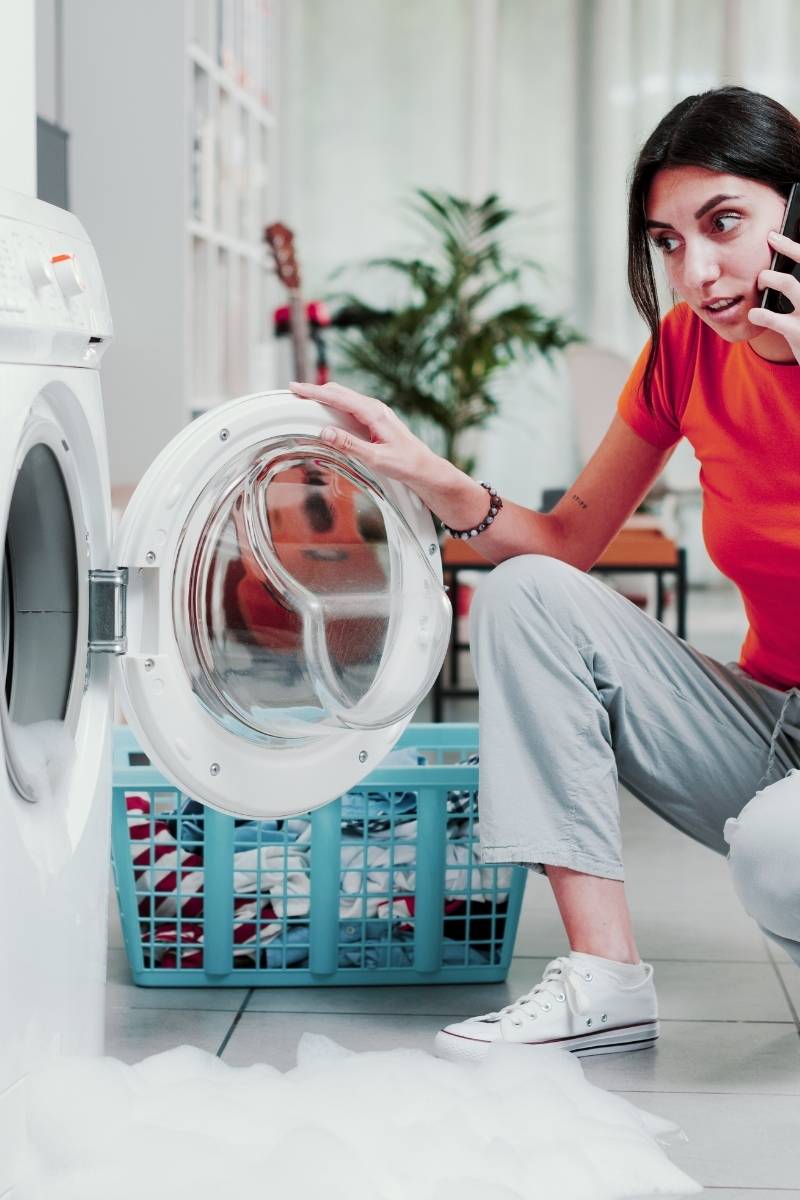
4. Electronic or Pressure Switch Issues
Sometimes, the problem isn't mechanical but electronic.
- Pressure Switch: This sensor measures the water level in the drum. If it fails, the washer might "think" it's empty (and not activate the pump) or never detect that it has emptied.
- Control Board: A fault in the main electronic board can prevent the signal from being sent to activate the drain pump.
- Solution: These problems invariably require intervention from a service technician.
5. Other Less Common Factors
- Excess Detergent: Too much foam can confuse the pressure switch or hinder the pump's operation. Use the correct dose.
- Door Not Properly Closed: Some washers won't drain or spin if they don't detect the door is securely shut for safety.
- Interrupted or Incorrect Program: Ensure the cycle finished correctly or that you didn't select a program without a final drain (some wool or delicate cycles might have a rinse hold).
Trapped! How to Manually Drain the Washing Machine
If you need to get the clothes out but the washer is full of water, you can drain it manually:
- Unplug the Washer!
- Prepare Containers and Towels: Have buckets, basins, and towels ready – quite a bit of water will come out.
- Method 1 (Filter): This is the most common. Place the container under the filter cover. Unscrew the filter VERY SLOWLY, letting the water drain out controllably. Be patient and prepared to swap containers if one fills up.
- Method 2 (Drain Hose): If the filter is stuck or inaccessible, you can try lowering the drain hose. Unhook it from the wall/sink and carefully lower it to floor level, directing it into a large bucket or basin. Water should flow out by gravity.
- Once Empty: You can now open the door and remove the (very wet) clothes.
Prevention is Better Than Cure: Basic Maintenance
- Clean the Filter Regularly: At least once every 1-2 months, even if you don't have problems.
- ALWAYS Check Pockets: Prevent coins, clips, etc., from reaching the filter or pump.
- Don't Overload: Facilitate water and clothes movement.
- Use Correct Detergent and Dose: Avoid excessive suds.
- Watch the Hose: Ensure it doesn't get kinked or crushed when moving the washer.
Frequently Asked Questions: Washer Not Draining
What can I do if my washing machine does not drain?
Unplug, clean filter, check hose (kinked/clogged), check wall drain. If not resolved, call technician (possible pump issue).
What to do when the washing machine drain does not work?
Check if it's a house drain issue or the washer. If washer, check filter and hose. If ok, could be the pump.
What can I do when a washing machine doesn't drain the water?
Same as not draining. Clean filter, check hose. If persists, drain manually and call a technician.
What to do when the washing machine stays full of water?
Unplug, drain manually (via filter or hose), clean filter, check hose. If still faulty, technical problem.
A washing machine that won't drain can be a nuisance, but as you've seen, often the solution is within reach with a simple filter clean or hose check. Performing basic preventive maintenance can minimize the likelihood of this problem recurring.
Tired of Washer Problems? Come to LaColada!
Problems like clogged drains are common in domestic washers, but not at LaColada Self-Service Laundry Ponferrada! Our industrial machines undergo constant maintenance to ensure perfect operation in every cycle. Forget about clogged filters and faulty pumps. Enjoy worry-free, fast, and effective washing and drying.
Experience the Peace of Mind at LaColada!More Articles About Your Washing Machine
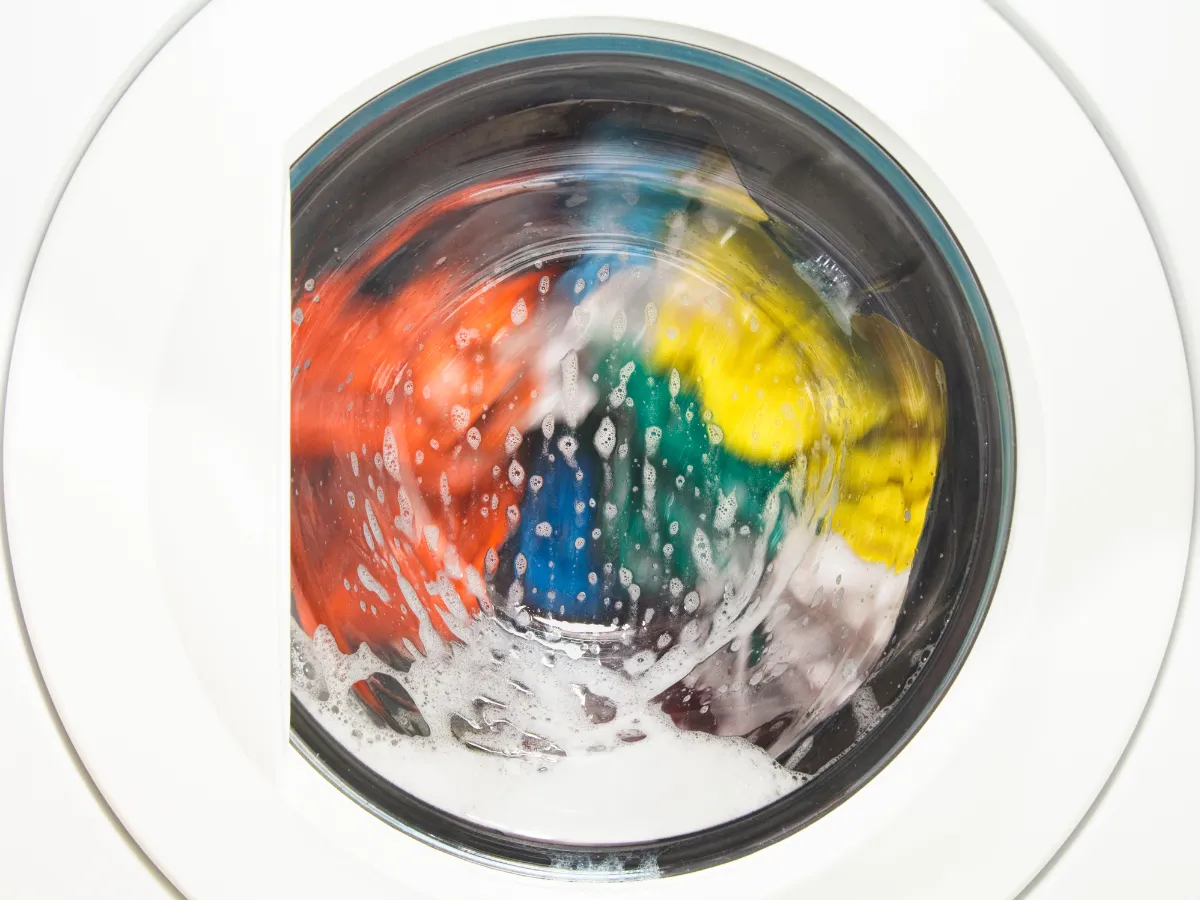
Prewash in Washing Machine: When to Use It?
Discover the utility of the prewash cycle for very dirty clothes.
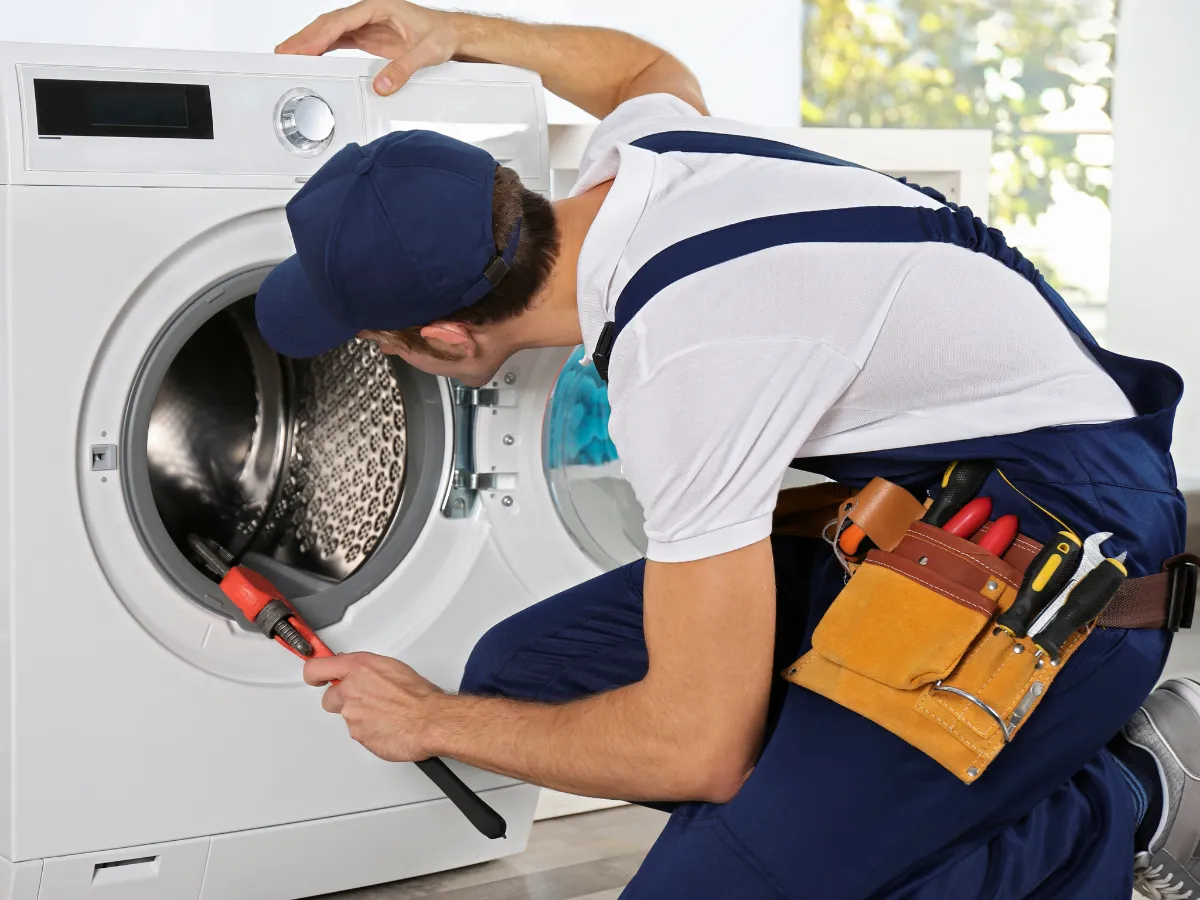
Spin Cycle Noise: Causes and Solutions
Identify why your washer is noisy and how to fix it.
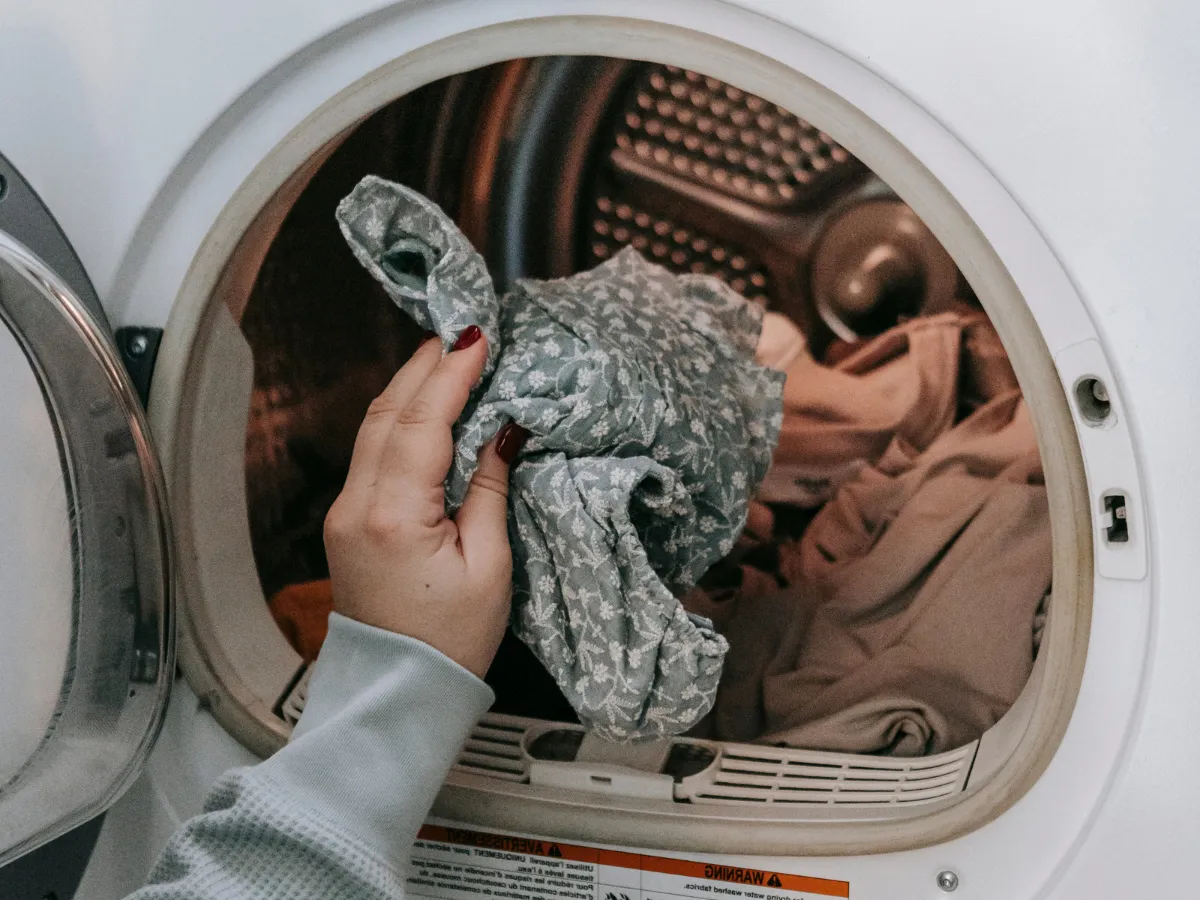
How to Disinfect Clothes in the Washing Machine
Effective methods to eliminate germs and bacteria.